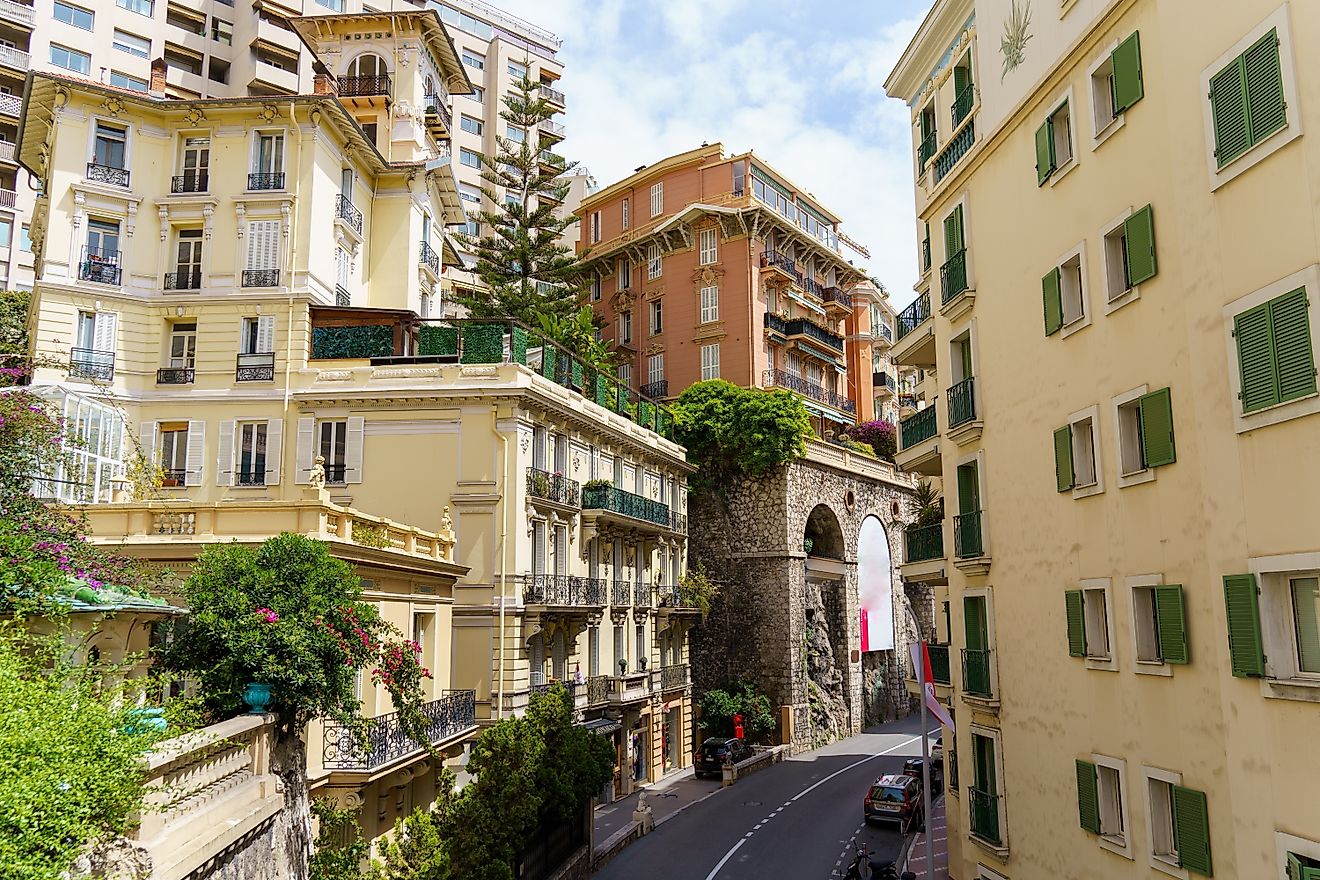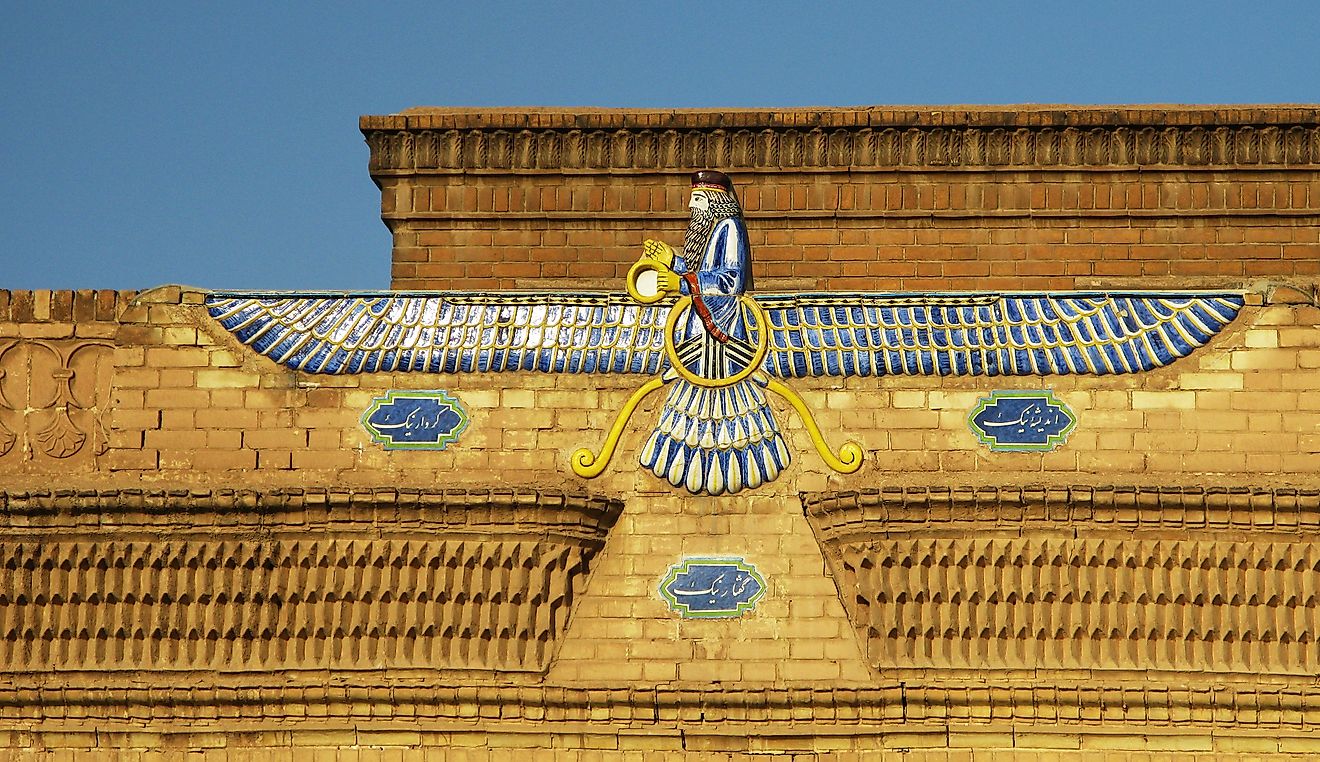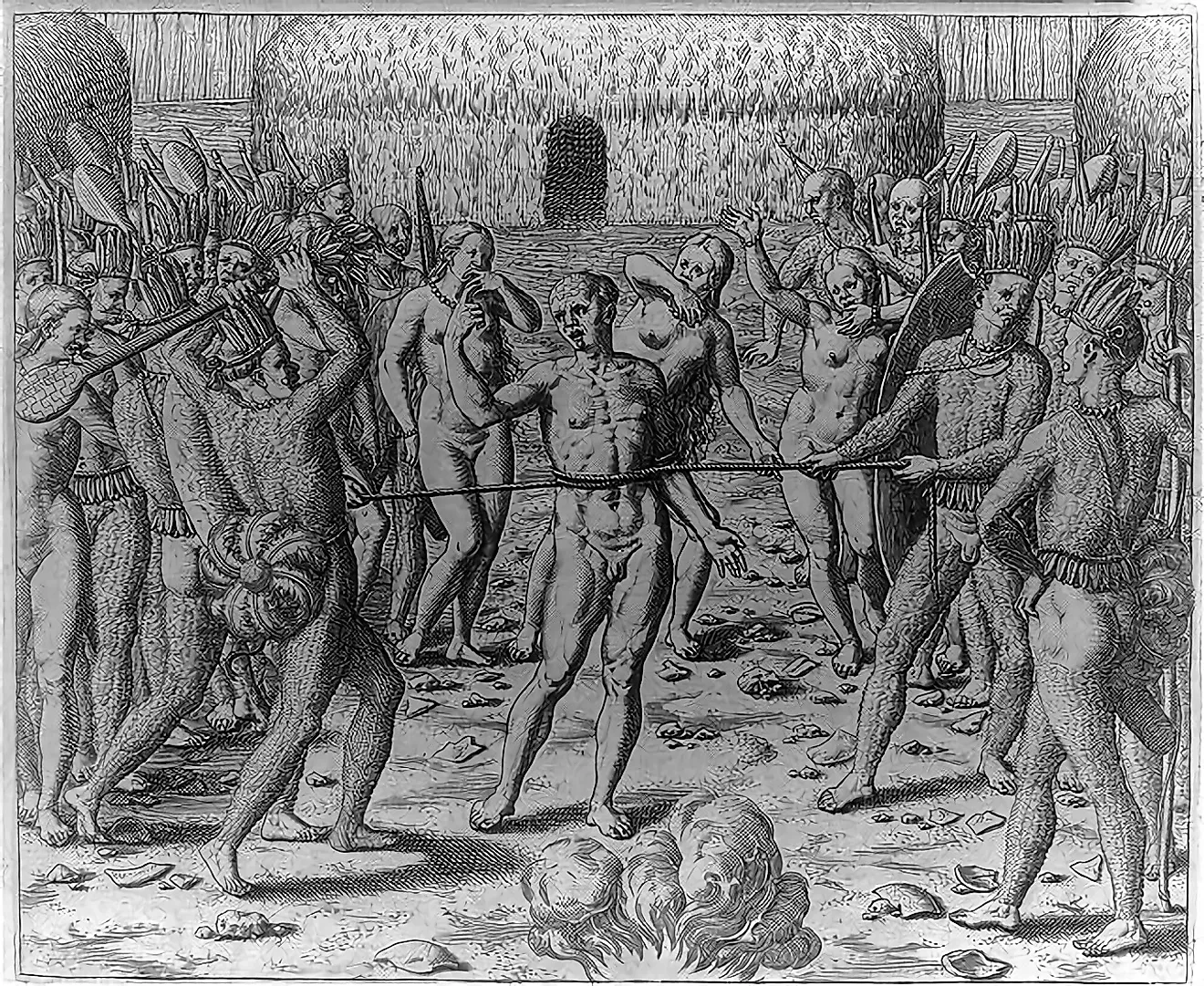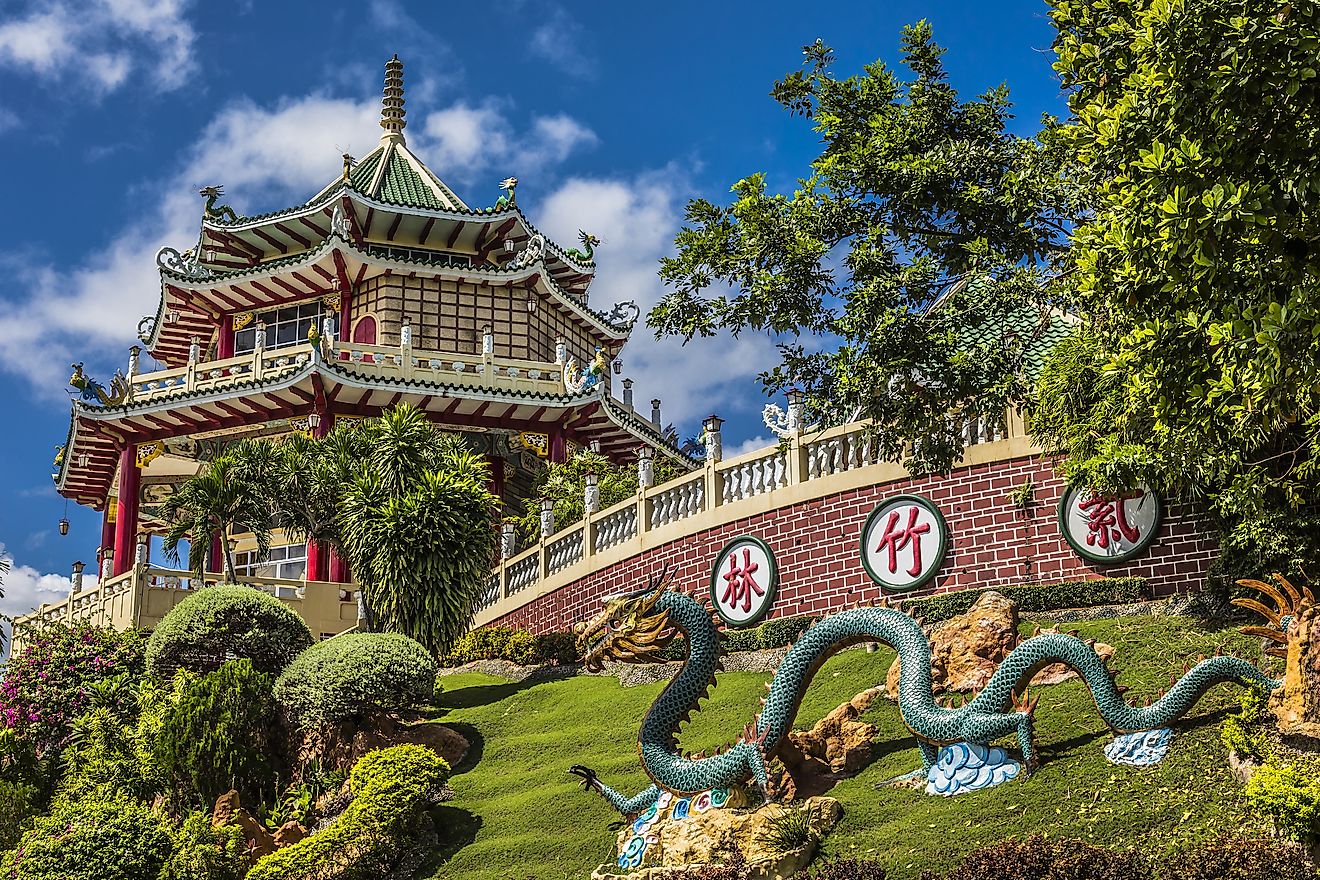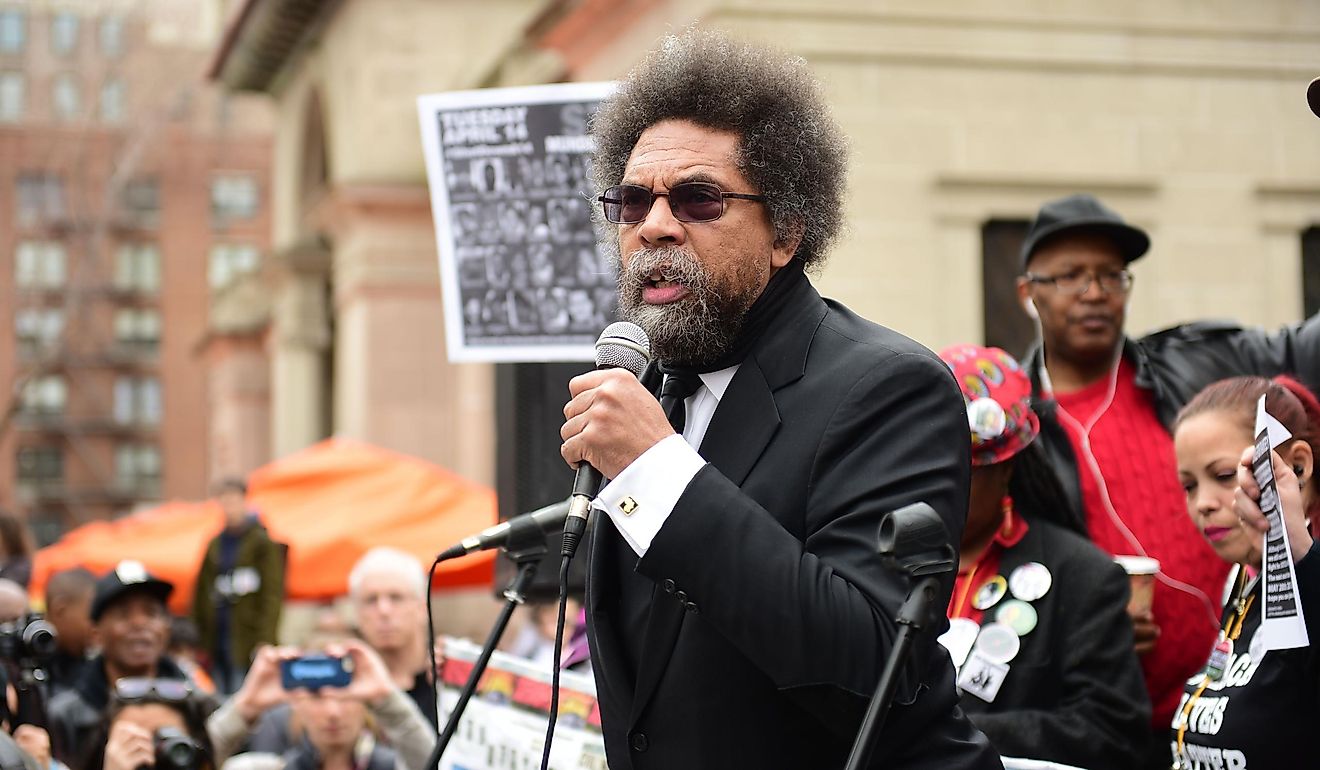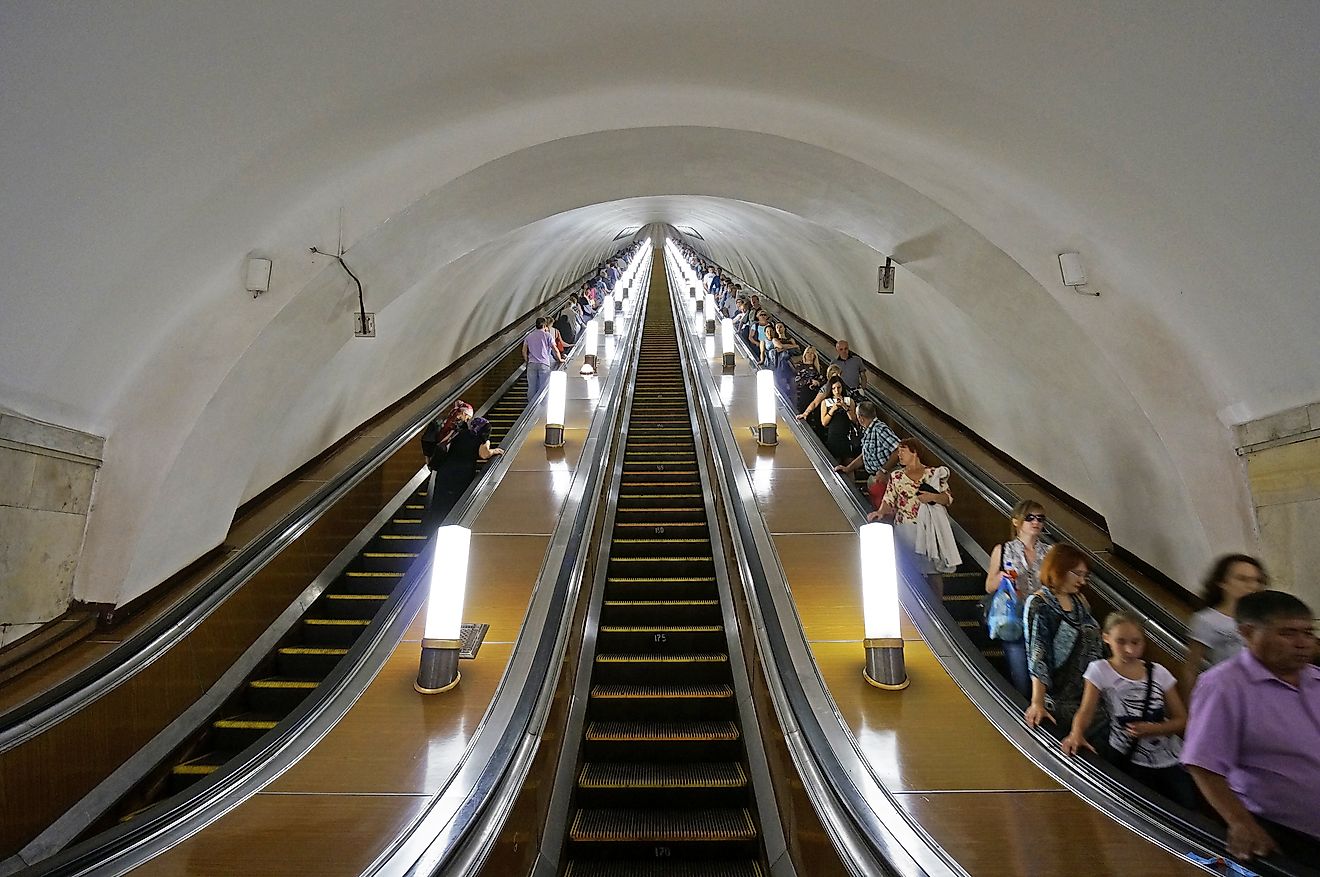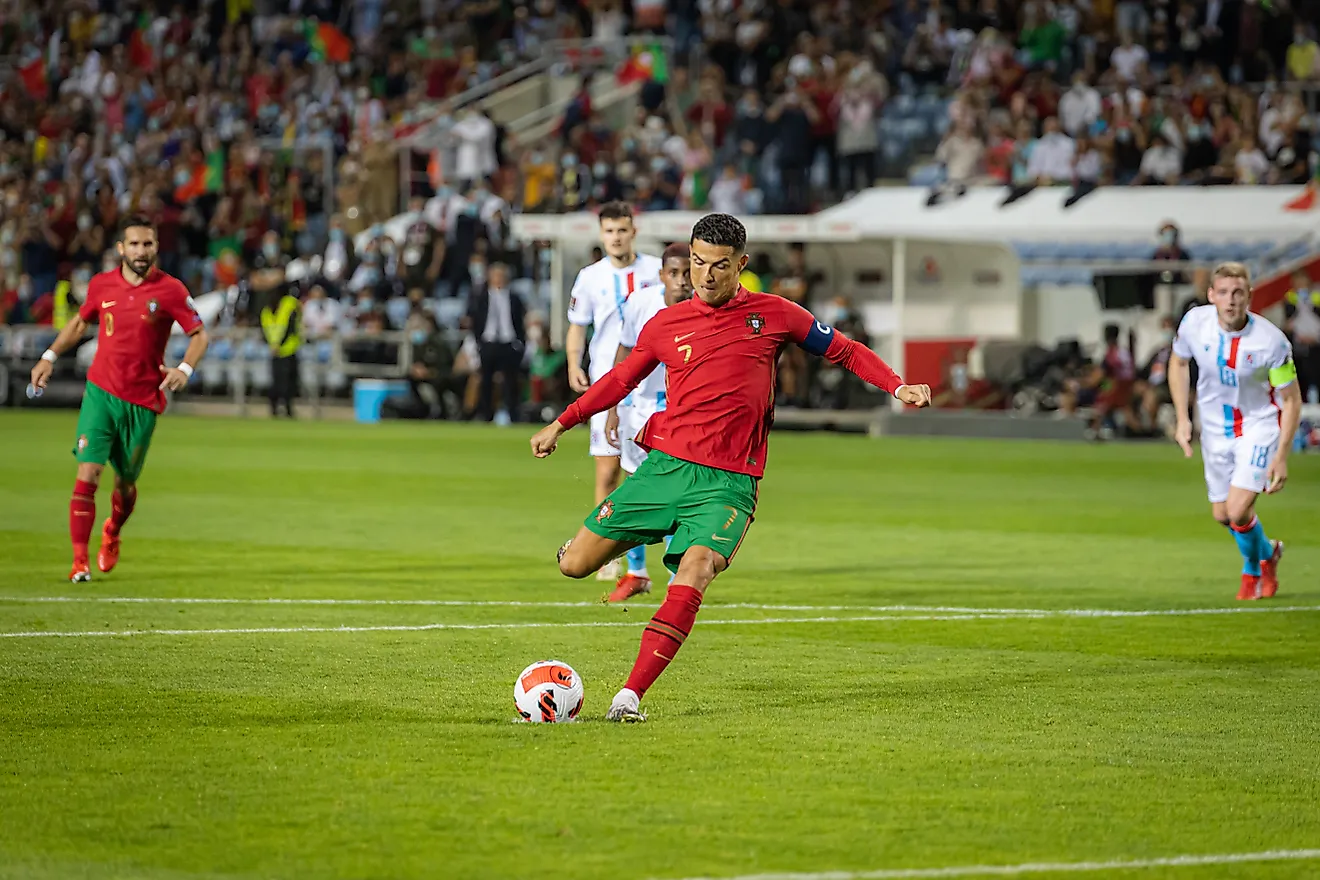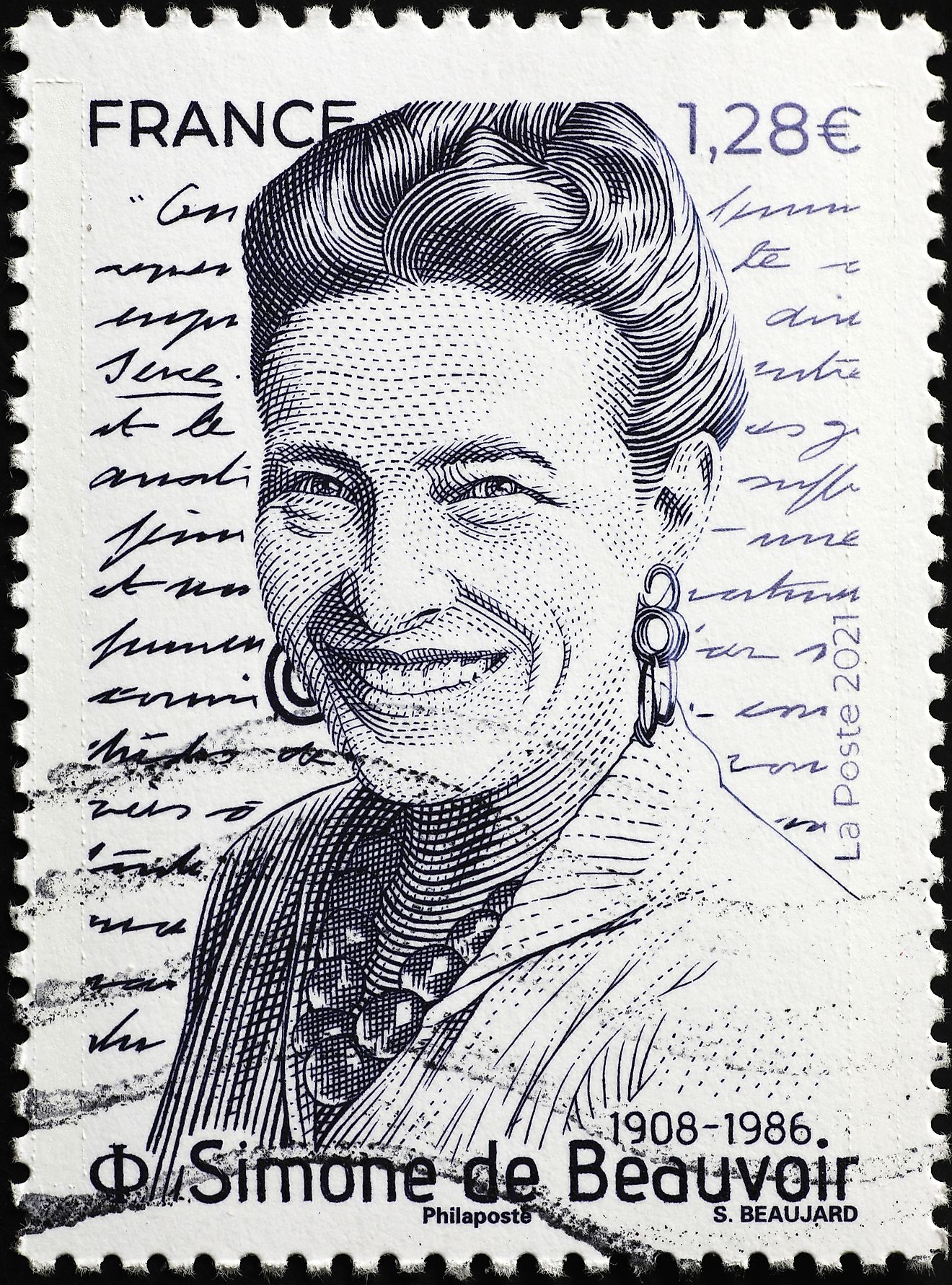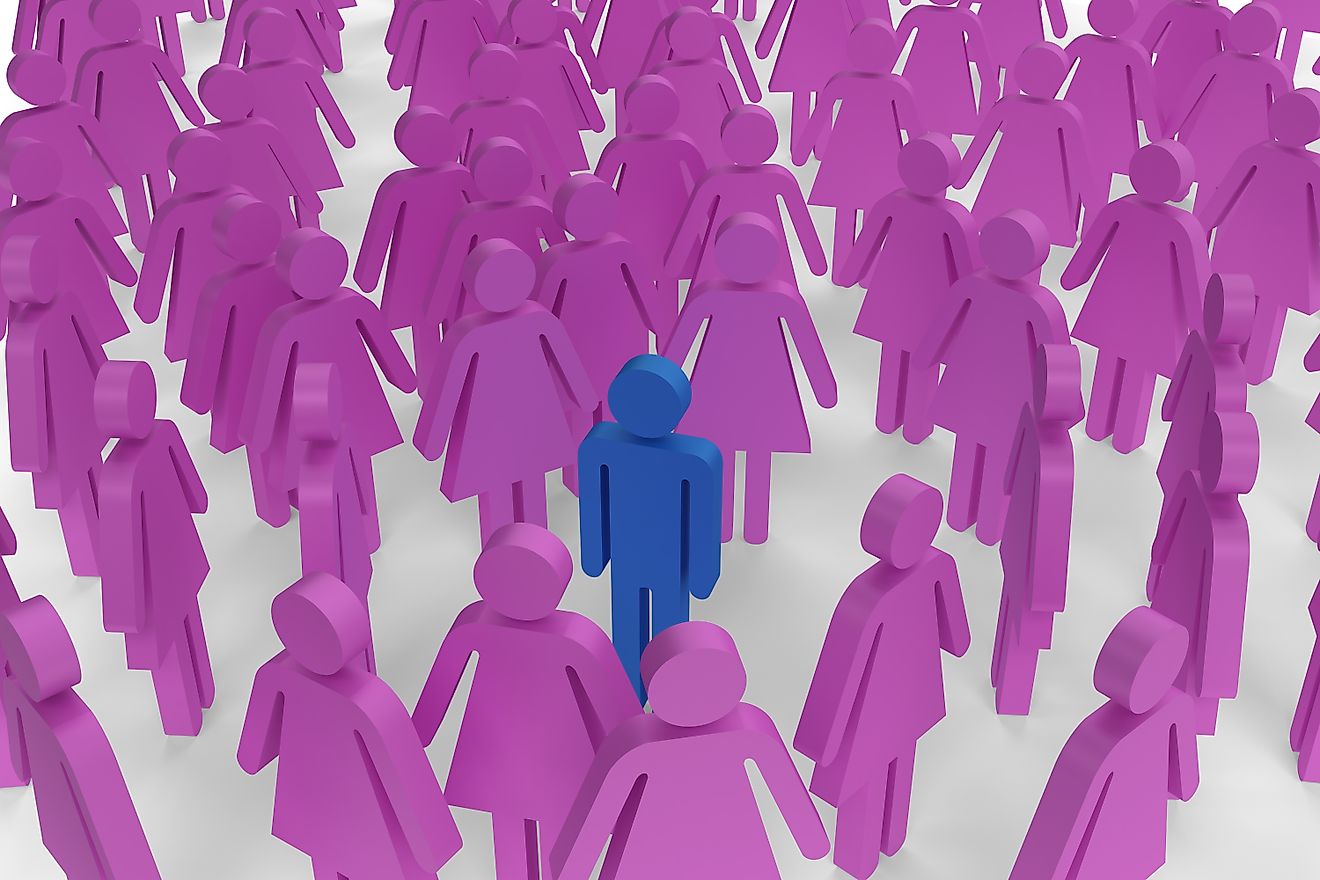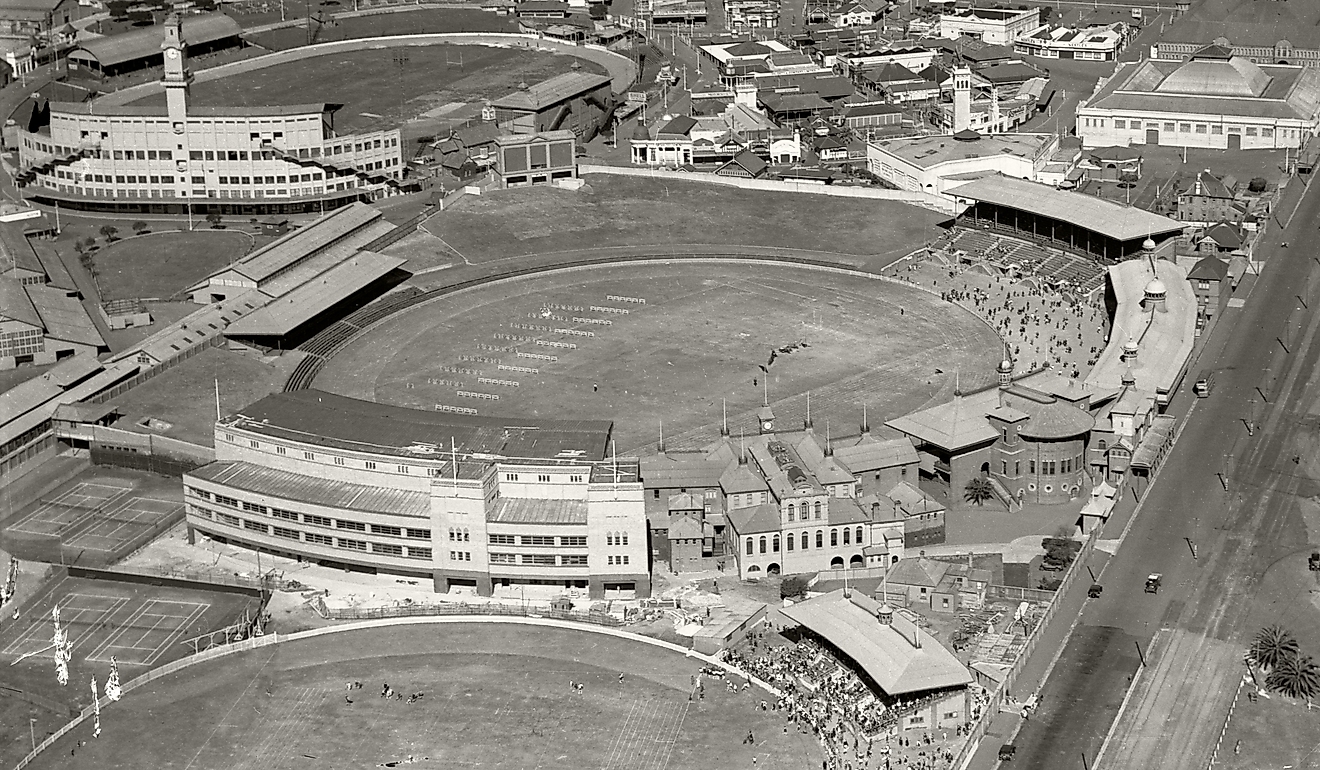10 Important Facts About the Russian Revolution
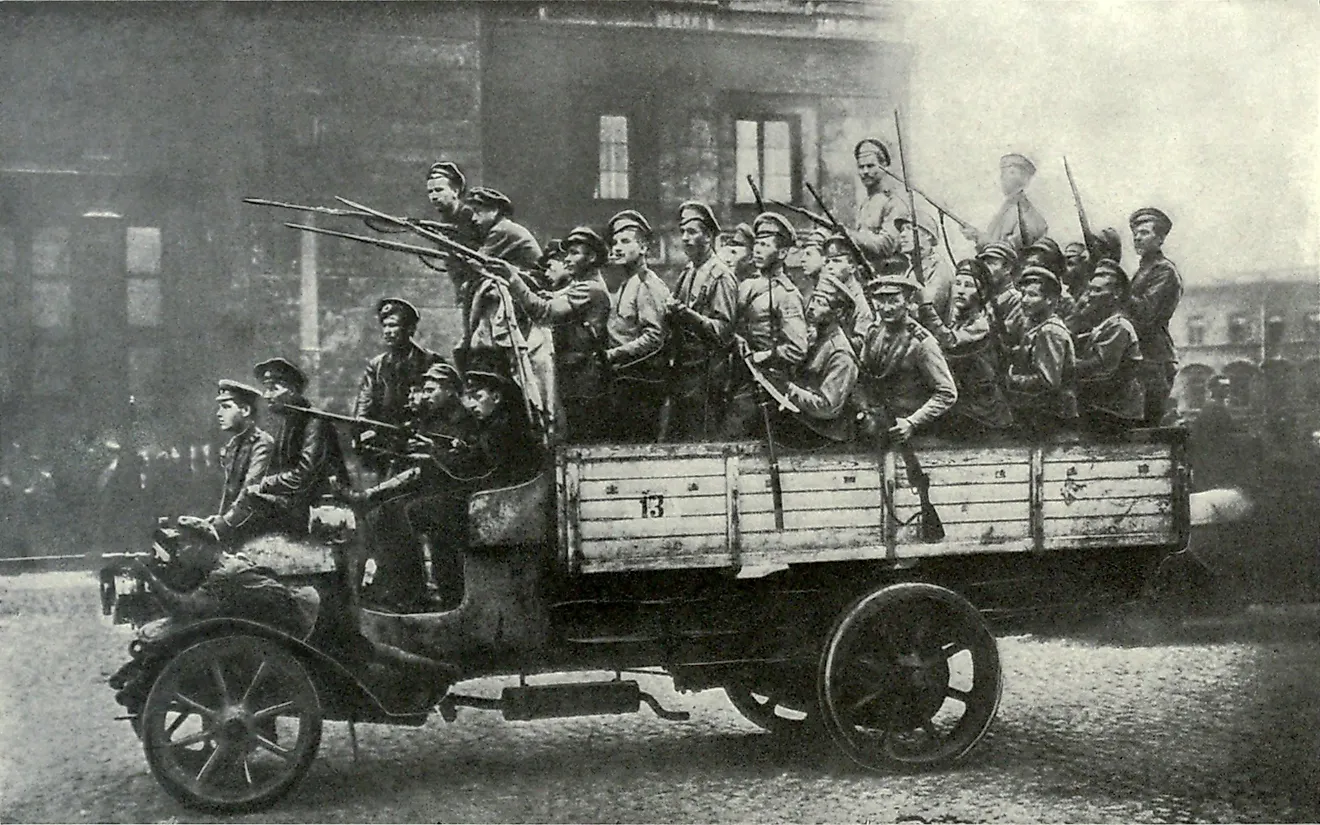
The Russian Revolution that happened in 1917 was a social uprising that occurred in two phases. The first one in February and the other in October. The aftermath of the Revolution was the bloody Russian Civil War with an estimated death toll between 5 and 12 million people.
Working Class And Its Importance
A specific type of political and social atmosphere preceded the events of the Russian Revolution. The industrial workers became politically prominent figures to address because their living conditions have changed dramatically because of the fast industrial Revolution. They were underpaid and working for too long. If you combine that with poor and under-producing peasant part of the population, the uprising was imminent.
Bloody Sunday
An event that happened before the Russian Revolution called the Bloody Sunday took place in Saint Petersburg. On January 22, 1905, people organized mass demonstrations against Tsar Nicholas II. They were shot down by the Imperial Guard, leaving close to a thousand people either dead or wounded. This caused various strike movements later on and is considered to be the start of the Revolution.
Failed Leadership of Tsar Nicholas II
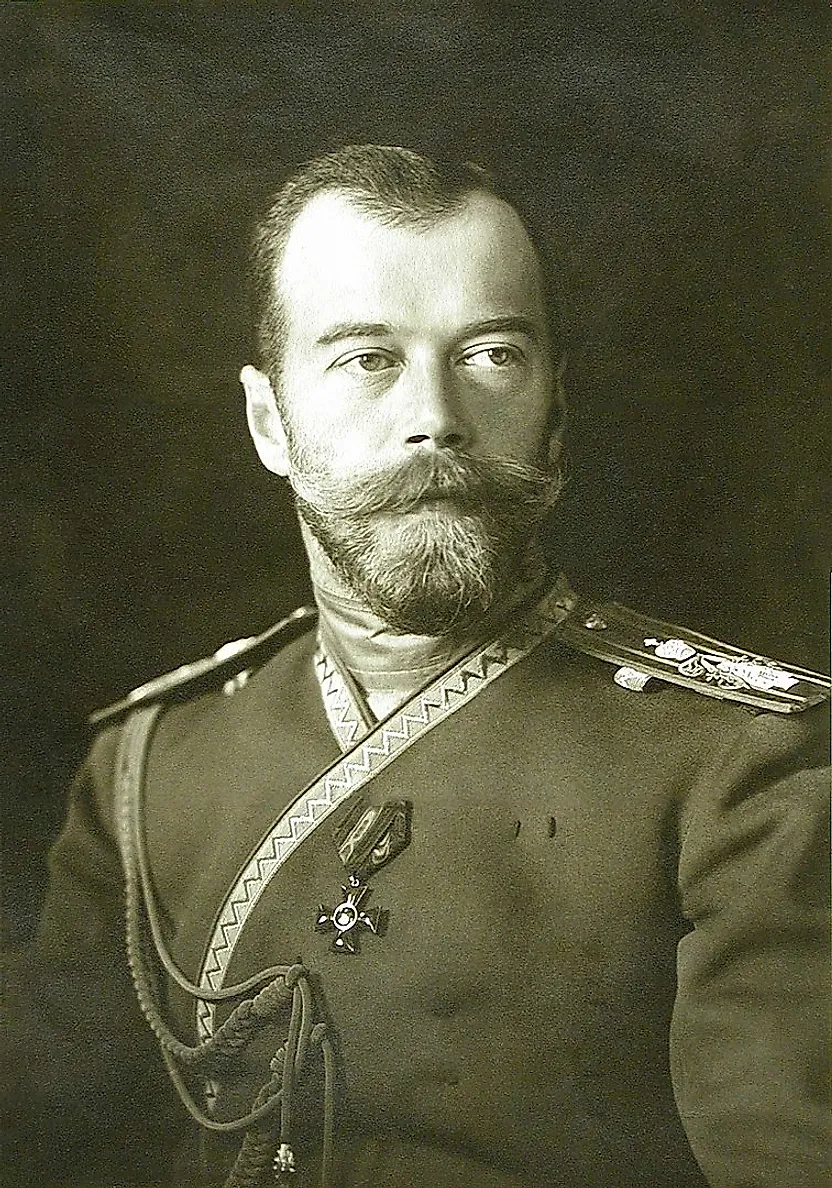
Tsar Nicholas II tried to calm things down by reorganizing the State Duma, the Russian parliament, in a way that they had a share in the tsar’s autocratic power. However, when the two dumas did not play as he wished, he dismissed them from the government. This move was seen as an anti-democratic one, and it charged revolutionary ideas even more.
World War I
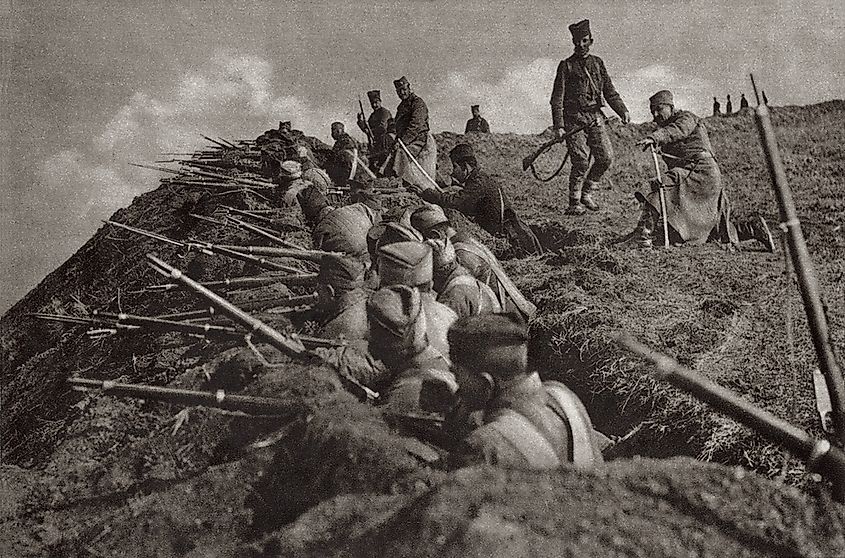
With the start of World War I, even more problems in Russian socio-economic structure became visible. The country was struck by colossal inflation because the government invested so much money into military expenses. Russia was in a catastrophic state during World War I, with a huge number of people losing their lives in battle, and the scarcity of food affecting practically everyone in Russia.
Petrograd and the February Revolution
Revolution finally kicked off in February of 1917. Large-scale protests started in Petrograd, where industrial workers showed their disappointment in the government and the regime of Tsar Nicholas II. By the end of February, practically all industries in Petrograd came to a shutdown.
Dual Power
When Nicholas II abdicated on March 3, 1917, the State Duma created a temporary government, and they put Prince Georgy Lvov in charge. Along with that, people created their own representative political body, uniting industrial workers and soldiers from World War I.
The Bolsheviks
The second part of the Russian Revolution was organized around Vladimir Lenin and his approach to Marxism. In October, the Bolsheviks under Lenin took over the government.
Red vs. White Army
After Lenin established his regime, the civil war started soon after. The two opposing sides were the ones fighting for Lenin, and the Bolsheviks called the Red Army. The anti-bolshevik group named the White Army.
Millions Dead in the Civil War
Already being catastrophically affected by the events of World War I, Russia was in an absolute state of chaos during the Civil War. It is estimated that no less than 5 million people lost their lives from 1917 to 1922 in the bloody fights of the Civil War.
Stalin’s Victory
When Leon Trotsky was forced to leave the country in 1929, there were no political opponents left for Josef Stalin to deal with. Stalin had a critical role in the government as a General Secretary. With Trotsky in exile, he could start his dictatorship.

